Decorative shrubs and bushes can transform any landscape, adding character, texture, and color. Whether you’re looking to create a serene oasis or a vibrant focal point, the right selection of shrubs can elevate your outdoor space. Drawing from my own gardening experiences, I’ve discovered how crucial these plants are for achieving a balanced and inviting garden. Let’s delve into the world of decorative shrubs and bushes, exploring their types, benefits, and care tips.
Understanding Decorative Shrubs and Bushes
Before diving into specific types and their benefits, it’s vital to understand what decorative shrubs and bushes are. These are typically woody plants that can complement your garden’s aesthetic and serve functional purposes.
What is a Shrub vs. a Bush?
While the terms “shrub” and “bush” are often used interchangeably, there are subtle differences:
- Shrubs: Generally refer to woody plants that are smaller than trees, often having multiple stems.
- Bushes: Typically, a more informal term that can refer to any dense and bushy plant, including shrubs.
Benefits of Using Decorative Shrubs in Your Landscape

Decorative shrubs provide a multitude of benefits, making them an essential component in garden design:
- Aesthetic Appeal: Adds beauty and structure to landscapes.
- Privacy and Screening: Helps create secluded spaces.
- Erosion Control: Roots stabilize soil, preventing erosion.
- Wildlife Habitat: Offers shelter and food sources for birds and other animals.
- Low Maintenance: Many varieties require minimal care once established.
Popular Types of Decorative Shrubs and Bushes

With countless varieties available, choosing the right shrubs can be overwhelming. Here are some popular options that stand out for their beauty and ease of care:
1. Boxwood (Buxus)
Boxwoods are classic deciduous shrubs known for their dense, evergreen foliage, making them perfect for formal gardens or hedges.
| Feature | Details |
|---|---|
| Height | 2-20 feet depending on the variety |
| Light Requirements | Partial to full shade |
| Soil Type | Well-drained soil |
| Watering | Moderate, do not overwater |
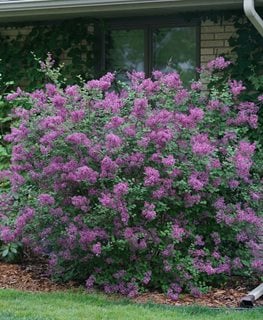
Pros and Cons of Boxwood
Pros:
- Can be shaped easily
- Evergreen, providing year-round greenery
Cons:
- Susceptible to pests
- Requires regular trimming to maintain shape
2. Hydrangea
Hydrangeas are beloved for their large, colorful blooms that often change color based on the soil pH, providing unique seasonal displays.
| Feature | Details |
|---|---|
| Height | 3-12 feet depending on the variety |
| Light Requirements | Partial shade |
| Soil Type | Moist, well-drained, rich in organic matter |
| Watering | Regularly, especially during dry spells |
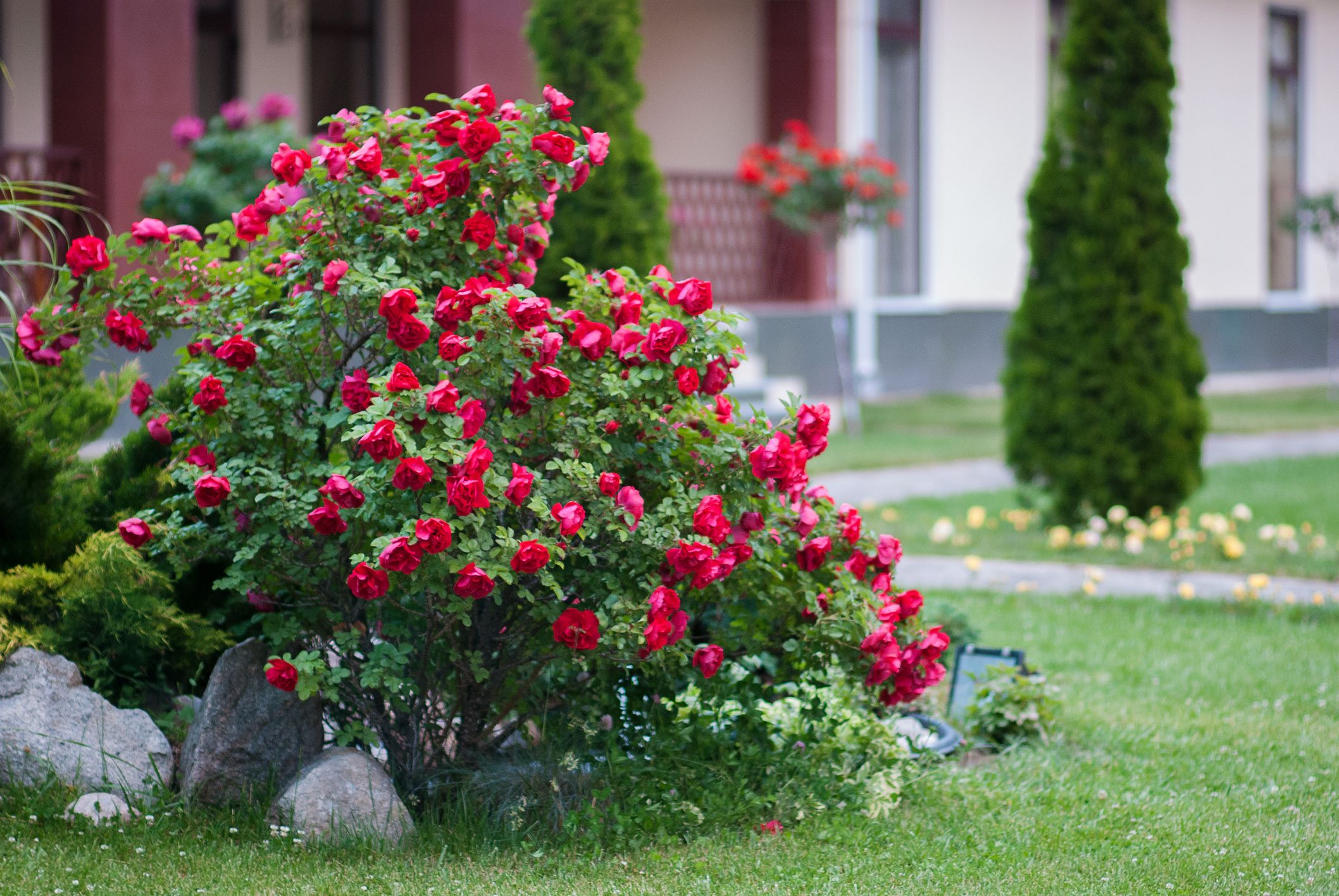
Pros and Cons of Hydrangea
Pros:
- Stunning blooms in various colors
- Can thrive in a variety of soil types
Cons:
- Can be prone to wilting in the heat
- Requires pruning for optimal blooming
3. Ornamental Grasses
These versatile plants add texture and movement to gardens, making them a fantastic addition to decorative shrubs.
| Feature | Details |
|---|---|
| Height | 1-10 feet depending on the variety |
| Light Requirements | Full sun |
| Soil Type | Average to well-drained |
| Watering | Low to moderate |
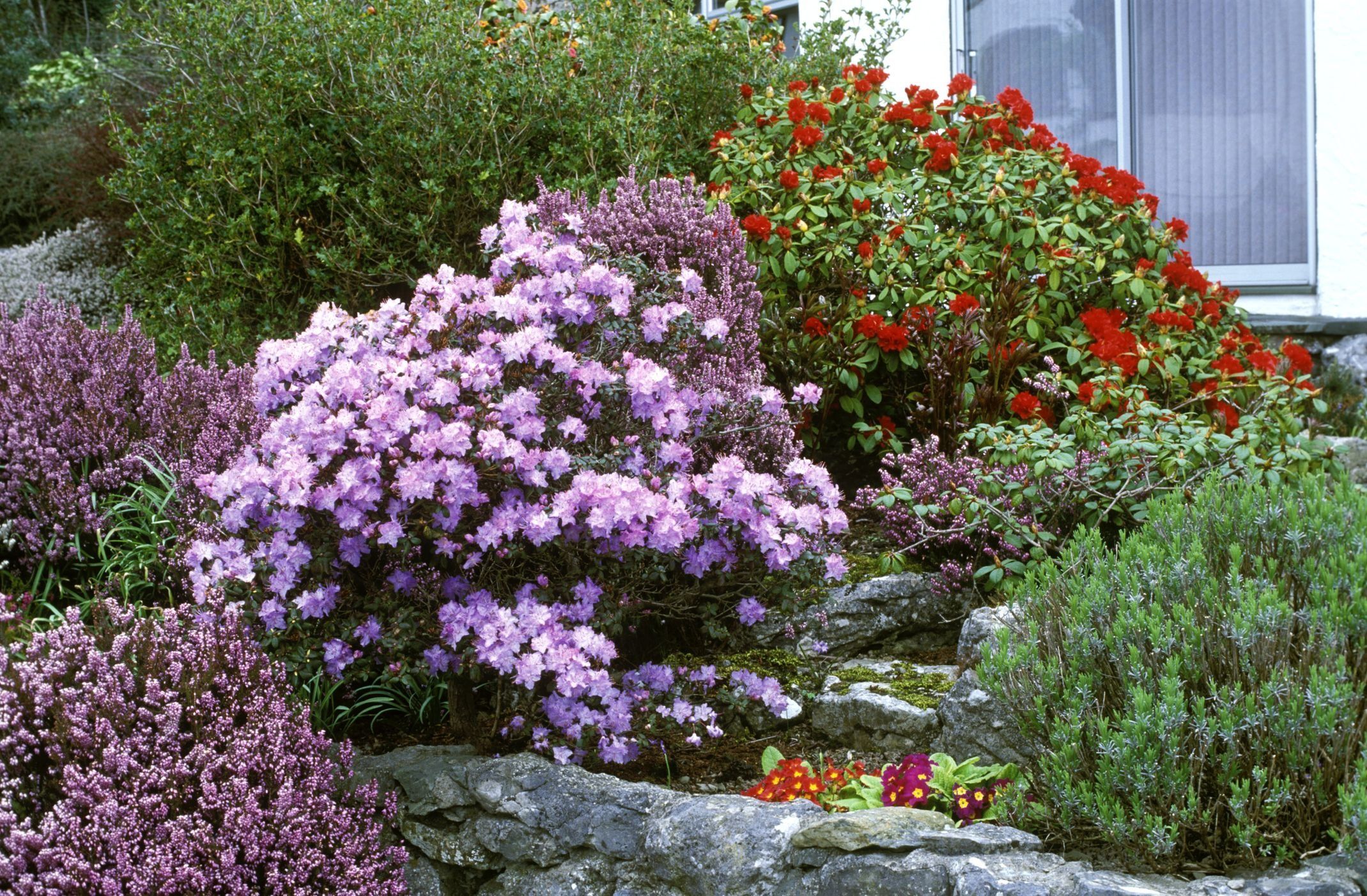
Pros and Cons of Ornamental Grasses
Pros:
- Low maintenance
- Attracts birds and other wildlife
Cons:
- May require cutting back in winter
- Some varieties can spread aggressively
Designing Your Landscape with Shrubs
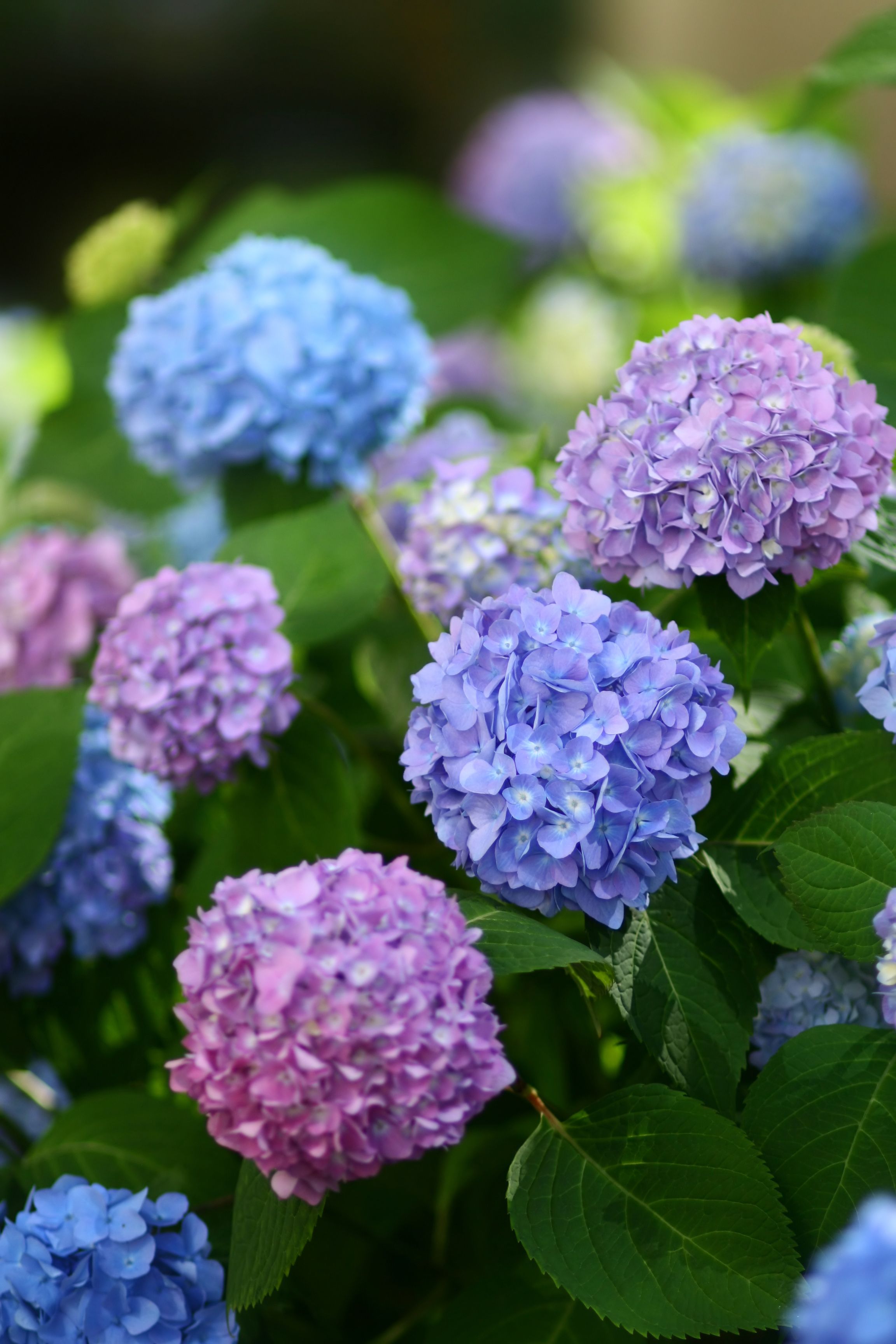
Incorporating decorative shrubs into your garden is not just about selecting the right plants; it’s also about understanding how to position them for maximum effect. Here are some tips and techniques:
Creating Layers
Layering involves planting shrubs of different heights to create depth. Taller shrubs at the back and shorter ones in front create a visually appealing arrangement.
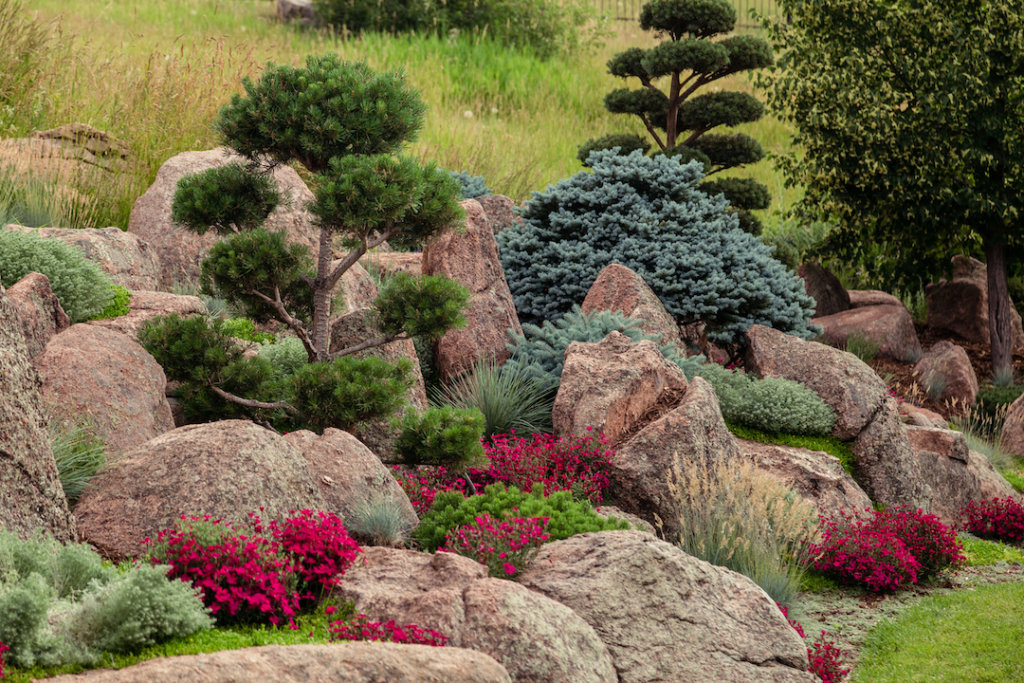
Using Focal Points
Select a standout shrub to serve as a focal point in your garden. This could be a flowering hydrangea or an eye-catching ornamental grass.
Consider Seasonality
Choose a mix of evergreen and deciduous shrubs to ensure your garden looks lively year-round. Look for varieties that bloom in different seasons for continuous interest.
Plan for Maintenance
Make sure to plan for maintenance based on the needs of your chosen shrubs. Some require regular pruning or deadheading, while others can thrive with minimal care.
Care and Maintenance Tips for Decorative Shrubs
Taking care of your decorative shrubs will ensure they thrive and provide beauty and functionality to your garden. Here are some essential care tips:
Watering
Most shrubs prefer consistently moist soil. However, be cautious of overwatering, which may lead to root rot. Use mulch to retain moisture during dry periods.
Fertilizing
A light application of fertilizer in spring can promote healthy growth. Organic fertilizers are a great choice, as they improve soil structure in addition to providing nutrients.
Pruning
Regular pruning helps maintain shape, remove dead or diseased wood, and encourage bushier growth. Different shrubs have different pruning needs, so it’s essential to research the specific requirements for your varieties.
Pest and Disease Management
Keep an eye out for pests like aphids, spider mites, and scales. Regular inspections can help you catch problems early. For disease prevention, ensure proper spacing between plants for good air circulation.
Frequently Asked Questions (FAQs)
1. What are the best decorative shrubs for small gardens?
Some excellent choices for small gardens include dwarf boxwoods, azaleas, and dwarf hydrangeas. These provide beauty without overwhelming the space.
2. How do I choose the right shrub for my climate?
Research native plants or consult local garden centers. They can guide you towards shrubs that thrive in your specific climate conditions.
3. Can I grow decorative shrubs in pots?
Yes! Many decorative shrubs can thrive in containers, providing flexibility in your landscape design. Just ensure adequate drainage and choose the right pot size.
4. Are decorative shrubs safe for pets?
Many common shrubs are safe, but always research specific varieties, as some can be toxic to pets. Consult a veterinarian if unsure.
Conclusion: Cultivating Your Green Sanctuary
With thoughtful selection and care, decorative shrubs and bushes can dramatically enhance your garden’s beauty and functionality. As you embark on your journey to cultivate a vibrant outdoor sanctuary, remember that these plants are not just about aesthetics—they also create an ecosystem that supports wildlife and enriches the environment. Happy gardening!